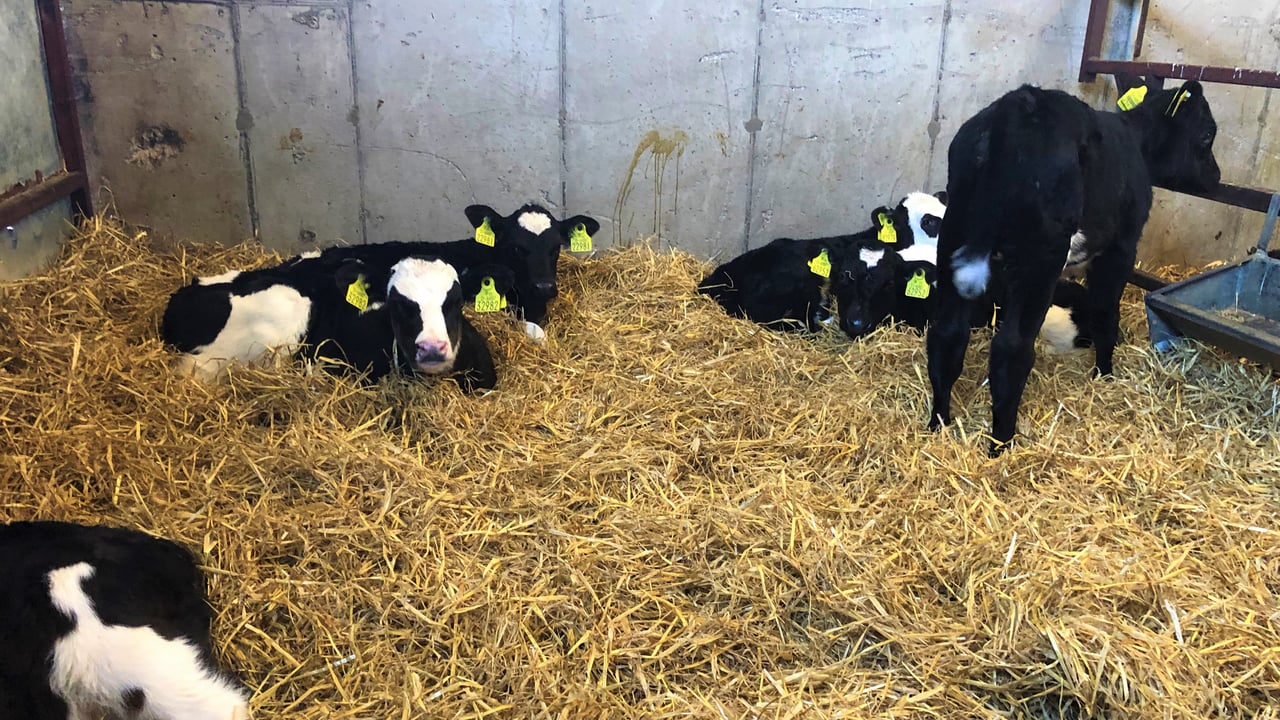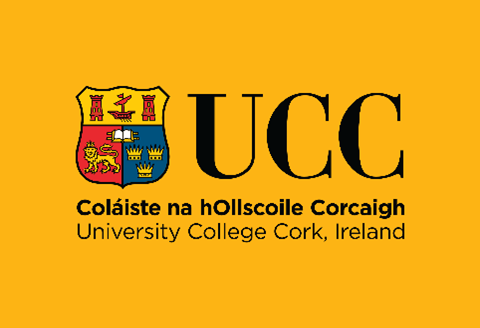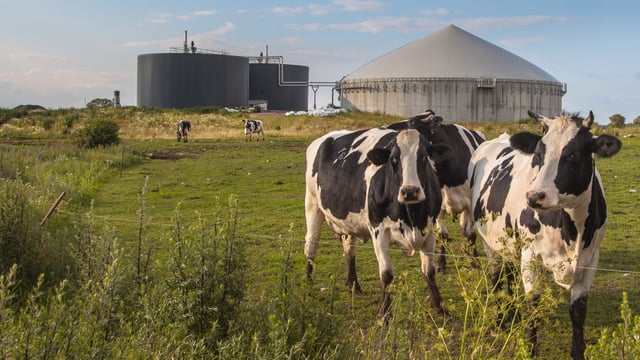Best practice for disbudding calves
The disbudding of calves should be completed when the horn is still in the development stage, as the horn buds are not yet attached to the skull.
Disbudding calves is a lot easier and safer than having to deal with older cattle, plus there is less tissue damage caused when the procedure is done on younger animals.
The disbudding of calves is carried out to comply with regulations under the Diseases of Animals Act (1966) which prohibits the sale or export of horned animals.
Disbudding procedures must be carried out in compliance with the Protection of Animals (Amendment) Act (1965).
It is illegal to disbud a calf over two-weeks-old without using a local anesthetic. The veterinary advice is that all calves should be treated with a local anesthetic when disbudding.
Local anesthetic may be obtained by prescription from veterinary surgeons.
There are several methods for disbudding calves with the most commonly used one being cauterisation.
Cauterisation method:
Claves need to be inspected daily for about 10 days after dehorning for early detection of infection or fly strike.
The symptoms usually seen are constant tossing of the head and/or a discharge from the wound. Consult with your vet if wounds get infected or you see any other symptoms.
Antibiotics or antibiotic sprays should not be required during the process.
Anti-inflammatories can be given to calves for pain management. These can help the calf to manage any pain, making the calf more likely to drink again and they should be more lively.





